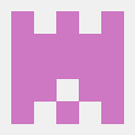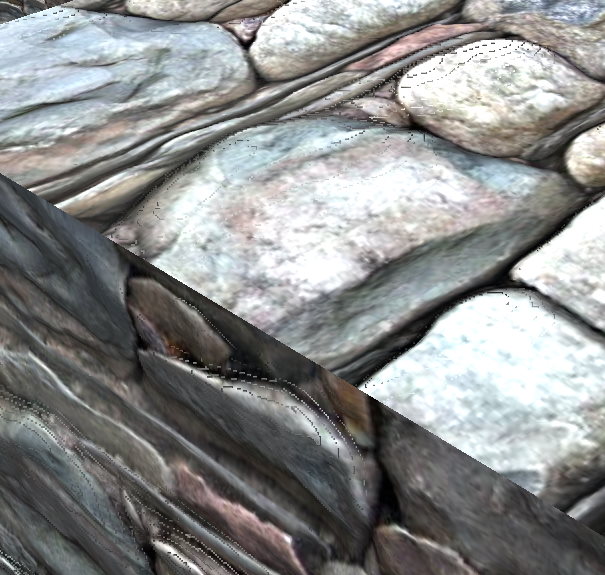Looking at Basic Techniques sample scene, I don’t see any that actually displace the surface of a model.
Nor do I see any mention in the Techniques folder.
I’m making a Stone Wall. Normal map works - but would love to have actual depth to its surface - the fakeness of the wall is obvious, especially on the top.
I’ve got a “displacement” image - just need a way to make use of it.
Recommendations?
OR are there modeling tools out there that can take the “displacement” image, and make a 3D model from it, that would make the wall more realistic? I would need a way to specify how many polygons are okay.
And there probably will be issues where the side meets the top - but one step at a time!





